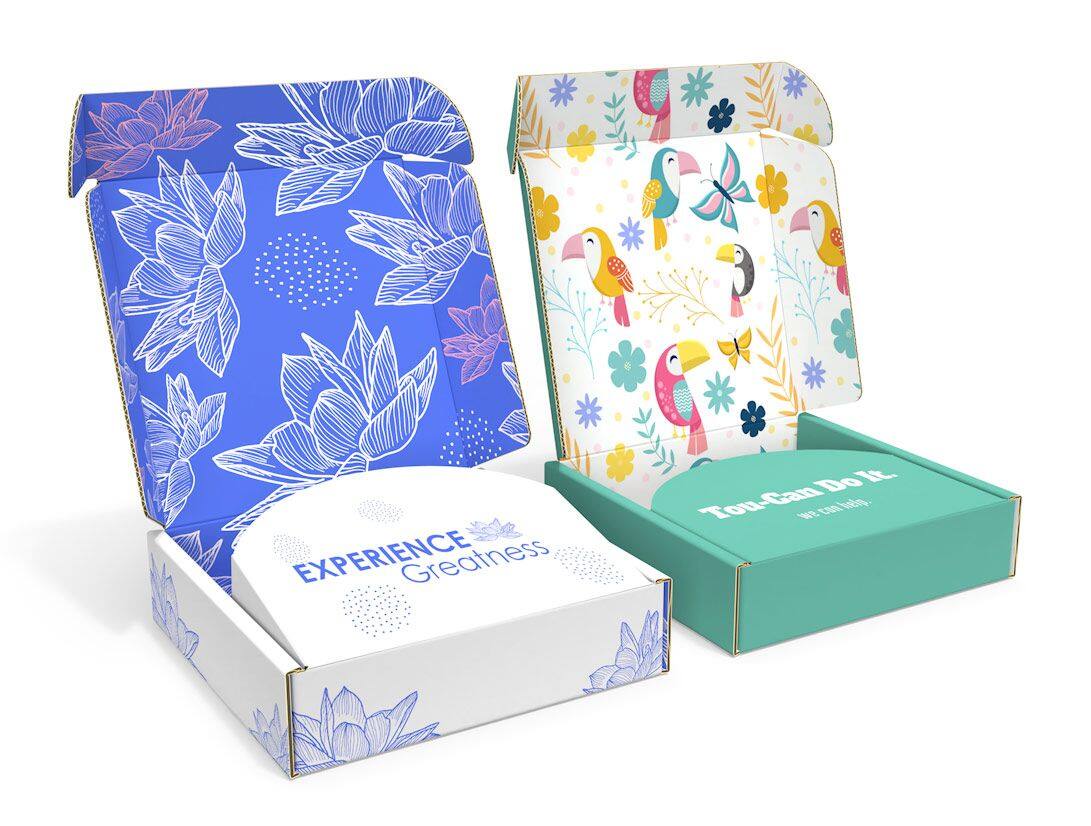Email format error
Email cannot be empty
Email already exists
6-20 characters(letters plus numbers only)
The password is inconsistent
Email format error
Email cannot be empty
Email does not exist
6-20 characters(letters plus numbers only)
The password is inconsistent


Introduction
Shaped cardboard boxes have revolutionised the packaging industry with their innovative designs and functional advantages. In this blog post, we will delve deeper into the manufacturing process of shaped cardboard boxes, compare their benefits with regular rectangular boxes, explore their applications in different industries, examine their durability and recycling options, and address any limitations or restrictions when using them for packaging. Additionally, we will discuss the suitability of shaped cardboard boxes for transporting fragile items, ensuring both aesthetics and protection.
Manufacturing Process
The manufacturing process of shaped cardboard boxes involves precision and expertise. Advanced machinery, such as die-cutting machines or laser cutting technology, is used to cut and shape the cardboard sheets into the desired shapes. The cardboard is then folded, glued, and assembled to create the final-shaped box. This process allows for endless possibilities in terms of creative and unique shapes, enabling businesses to create packaging that truly stands out.
Advantages over Regular Rectangular Boxes
Shaped cardboard boxes offer several advantages over regular rectangular boxes. Firstly, their unique shapes provide an excellent opportunity for product differentiation and brand recognition. The distinctive design can capture consumers’ attention and create a lasting impression. Secondly, shaped boxes can be customised to fit specific product dimensions, reducing the need for excessive packaging materials and ensuring a snug fit, which enhances product protection during transit. Moreover, the unboxing experience is elevated with shaped boxes, creating a sense of excitement and anticipation for customers.
Cost Considerations
The cost of shaped cardboard boxes can vary depending on factors such as complexity of design, customization requirements, and order quantity. While shaped boxes may be slightly more expensive than regular rectangular boxes due to the additional manufacturing steps involved, the return on investment can be significant. The enhanced branding opportunities, improved product protection, and positive customer experience often justify the cost difference for businesses.
Applications in Various Industries
Shaped cardboard boxes find applications in a wide range of industries. In the cosmetics industry, they are commonly used for packaging perfumes, makeup sets, and skincare products, adding a touch of elegance and luxury. The food and beverage industry utilises shaped boxes for packaging chocolates, confectioneries, and gift items, enhancing the visual appeal of the products. Other industries, such as electronics, toys, and luxury goods, also benefit from the unique presentation and protection provided by shaped cardboard boxes.
Durability and Sustainability
Shaped cardboard boxes are designed to be durable and provide adequate protection for the packaged items. The thickness and quality of the cardboard used can be tailored to meet specific requirements. Additionally, shaped cardboard boxes are recyclable, contributing to sustainability efforts. They can be collected, sorted, and processed through recycling facilities to be transformed into new cardboard products or materials, reducing their environmental impact.
Limitations and Restrictions
While shaped cardboard boxes offer numerous advantages, there are some limitations and restrictions to consider. The irregular shapes may result in less efficient use of storage space during transportation and warehousing. Additionally, certain complex shapes may require additional assembly time and effort. It is crucial to carefully evaluate the practicality and functionality of the chosen shape to ensure it meets the specific packaging requirements.
Transporting Fragile Items
Shaped cardboard boxes can be used to transport fragile items effectively, provided that the design and construction of the box offer sufficient protection. Additional cushioning materials, such as bubble wrap or foam inserts, may be necessary to ensure the safety of delicate items during transit. Conducting thorough testing and evaluation is recommended to determine the suitability of shaped cardboard boxes for specific fragile items, ensuring both aesthetics and protection.
Conclusion
Shaped cardboard boxes offer a plethora of benefits, including unique design possibilities, enhanced branding opportunities, improved product protection, and sustainability. While they may incur slightly higher costs, their advantages outweigh the expenses. Shaped boxes find applications in various industries and can be recycled, contributing to a greener future. However, it is essential to consider limitations and restrictions, as well as additional protective measures, when using shaped boxes for transporting fragile items. By embracing shaped cardboard boxes, businesses can elevate their packaging game and leave a lasting impression on customers.